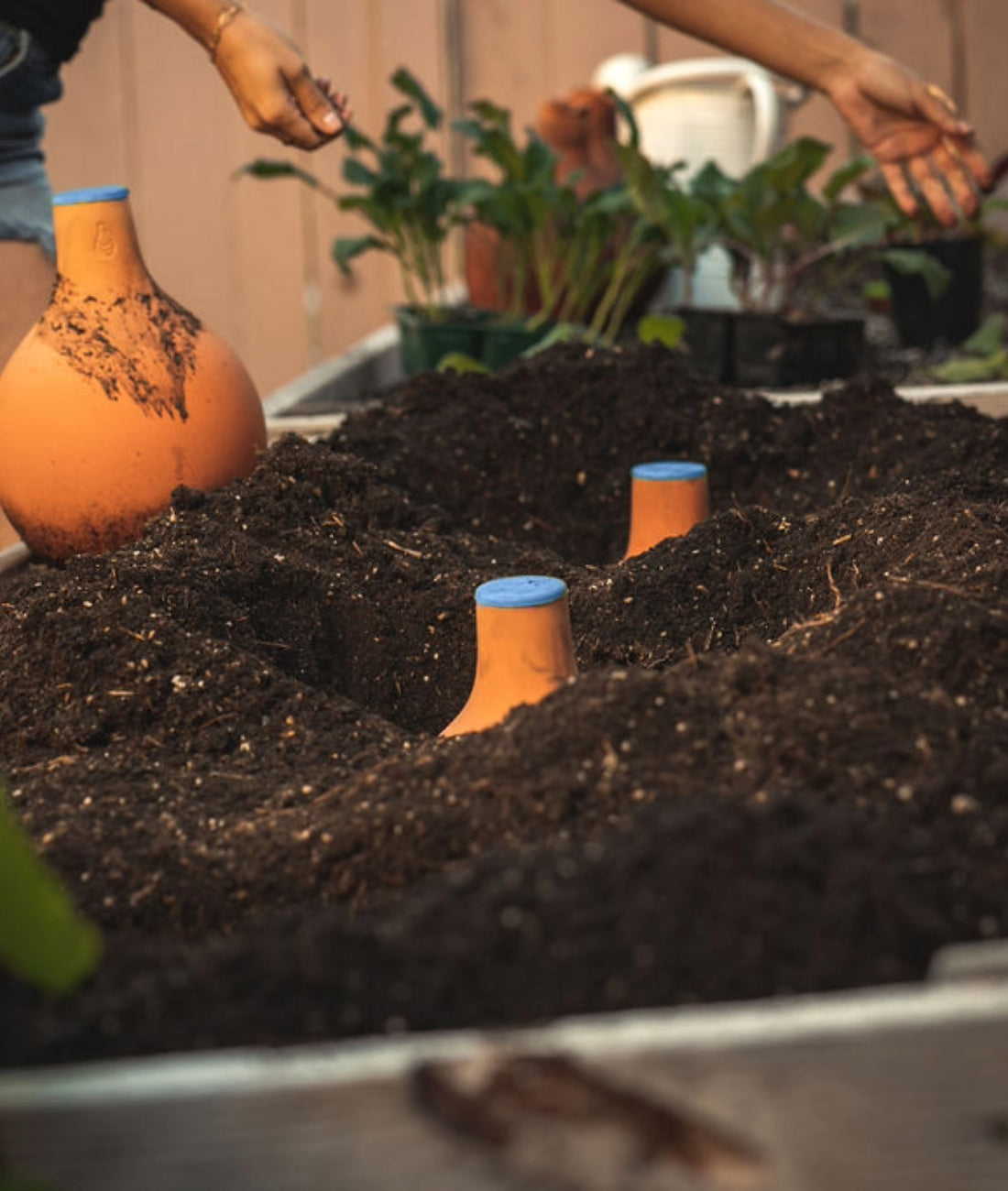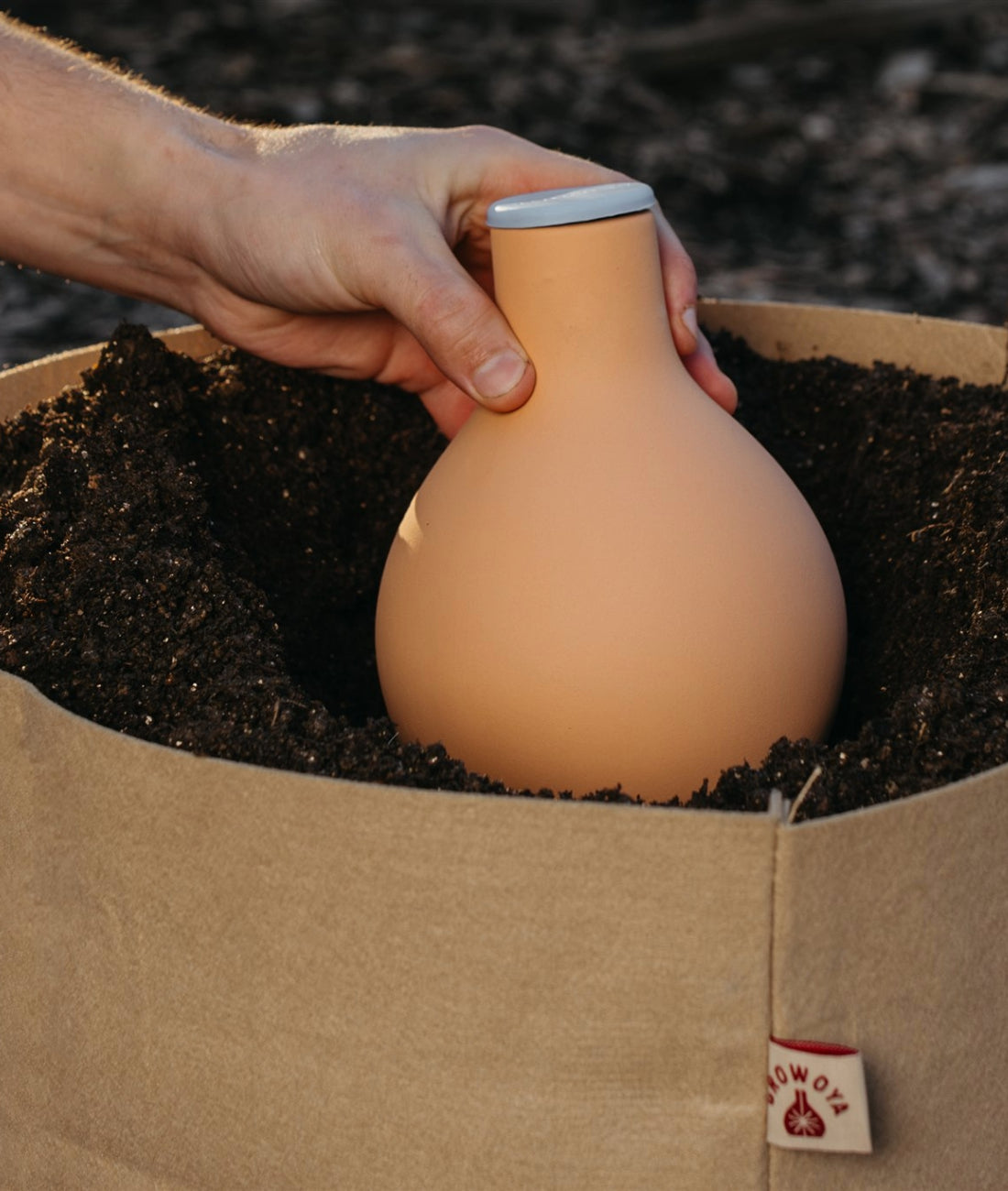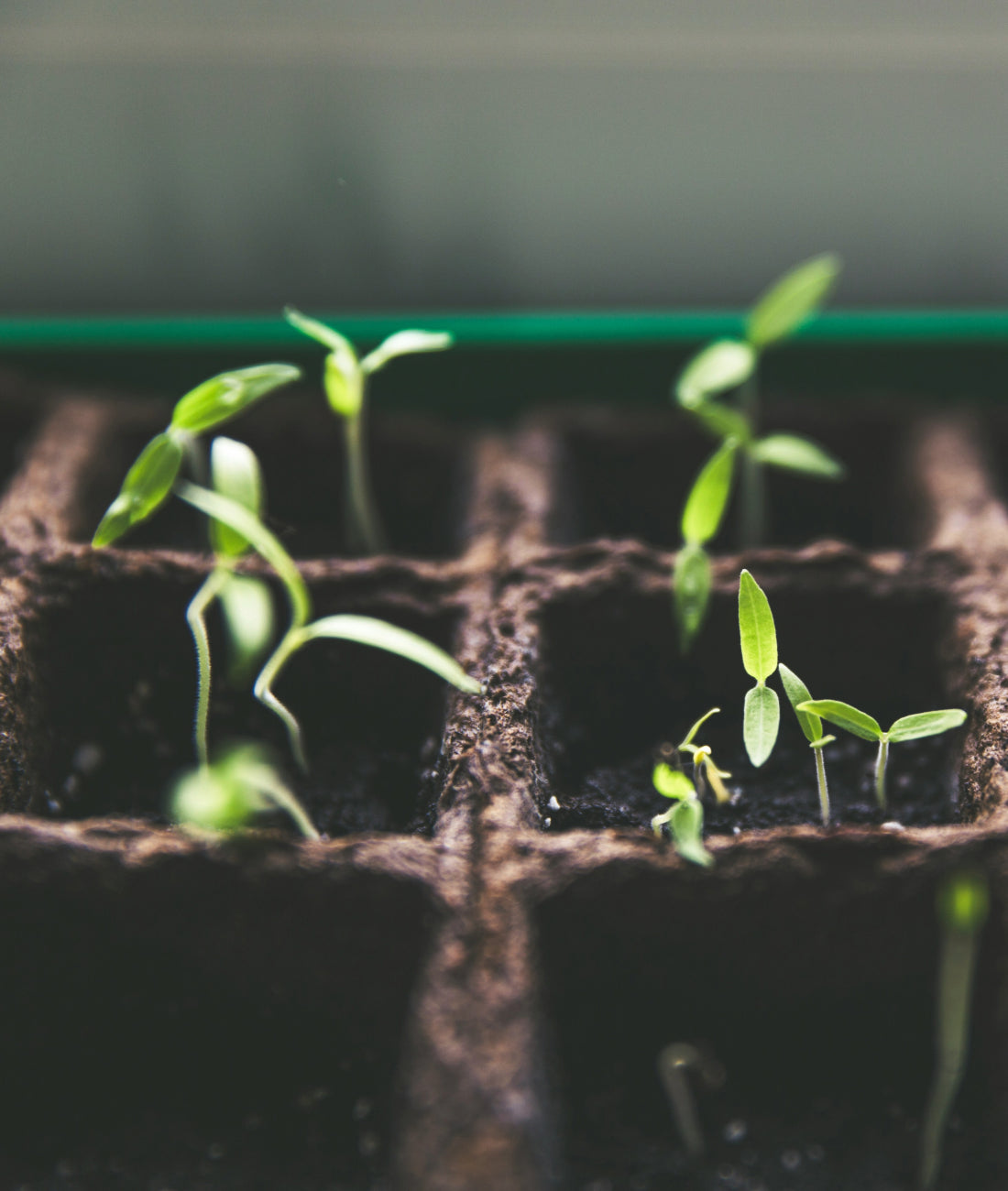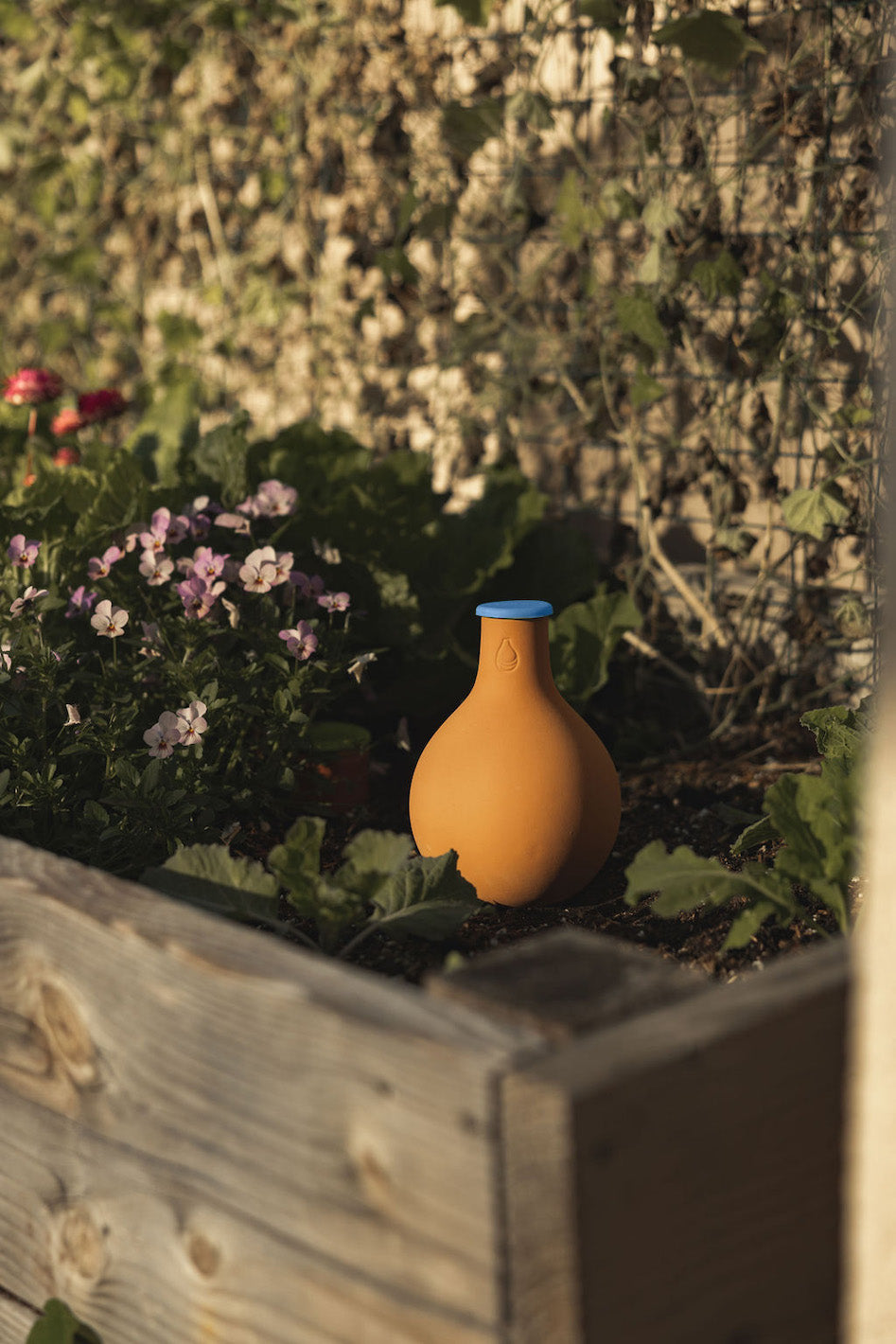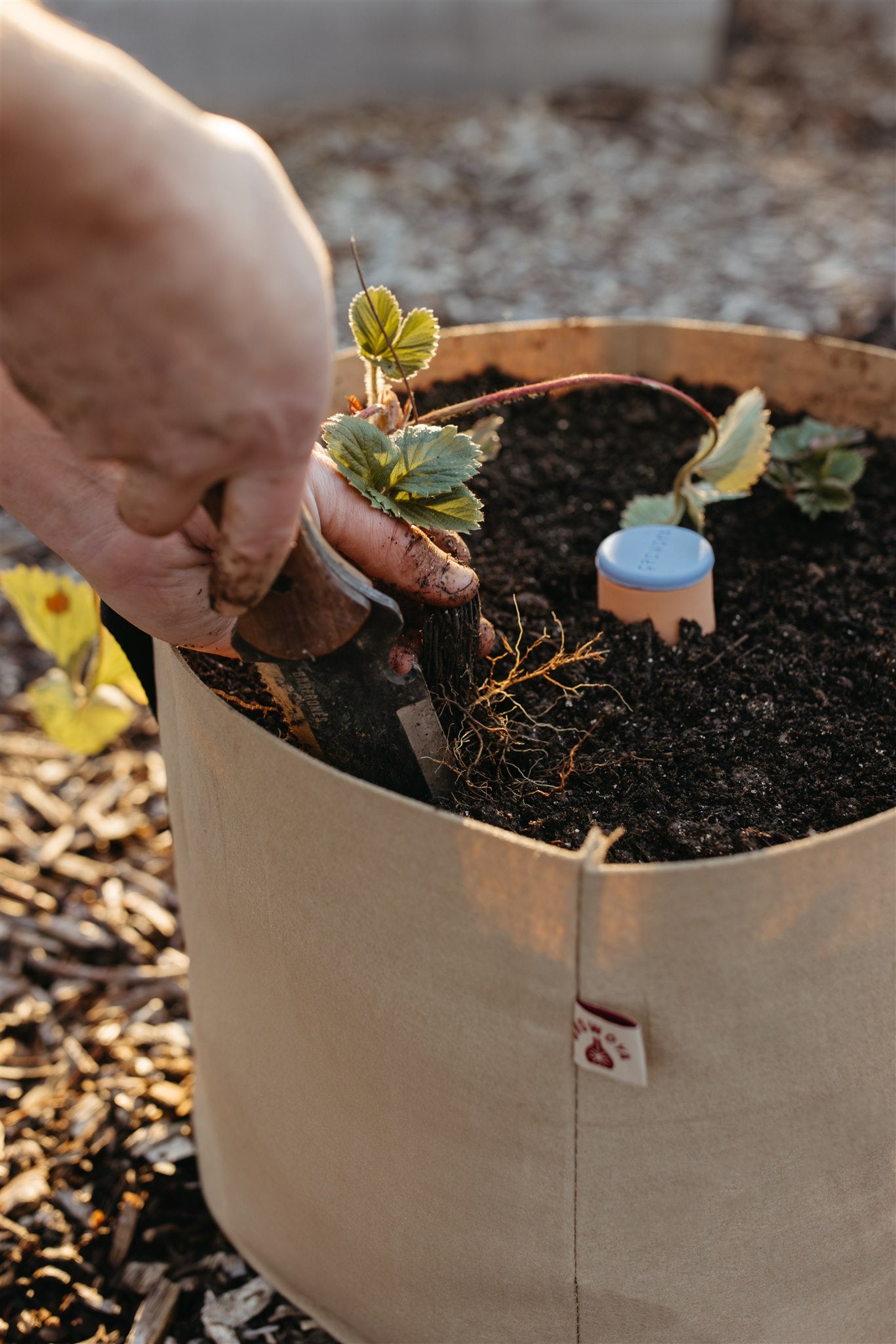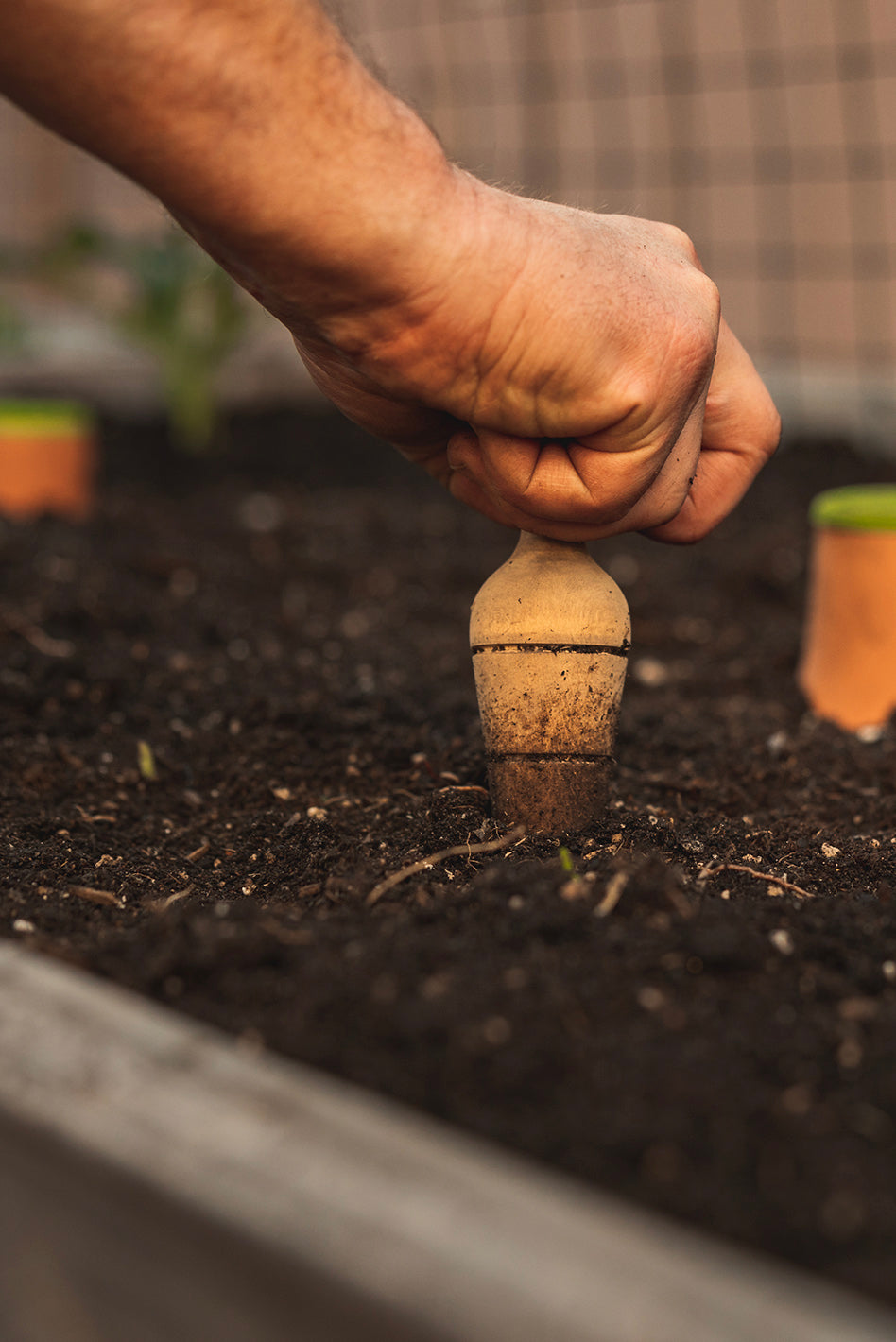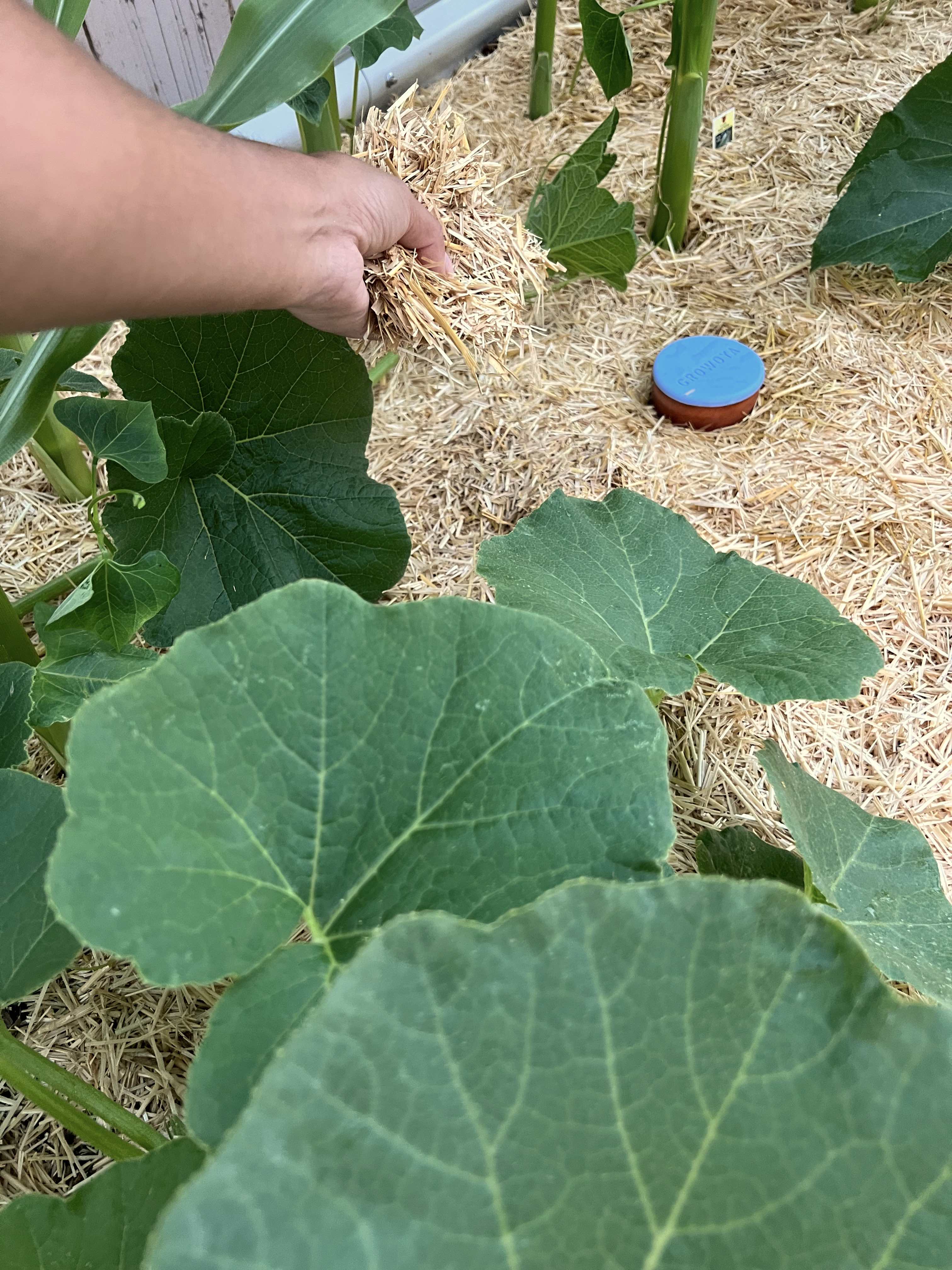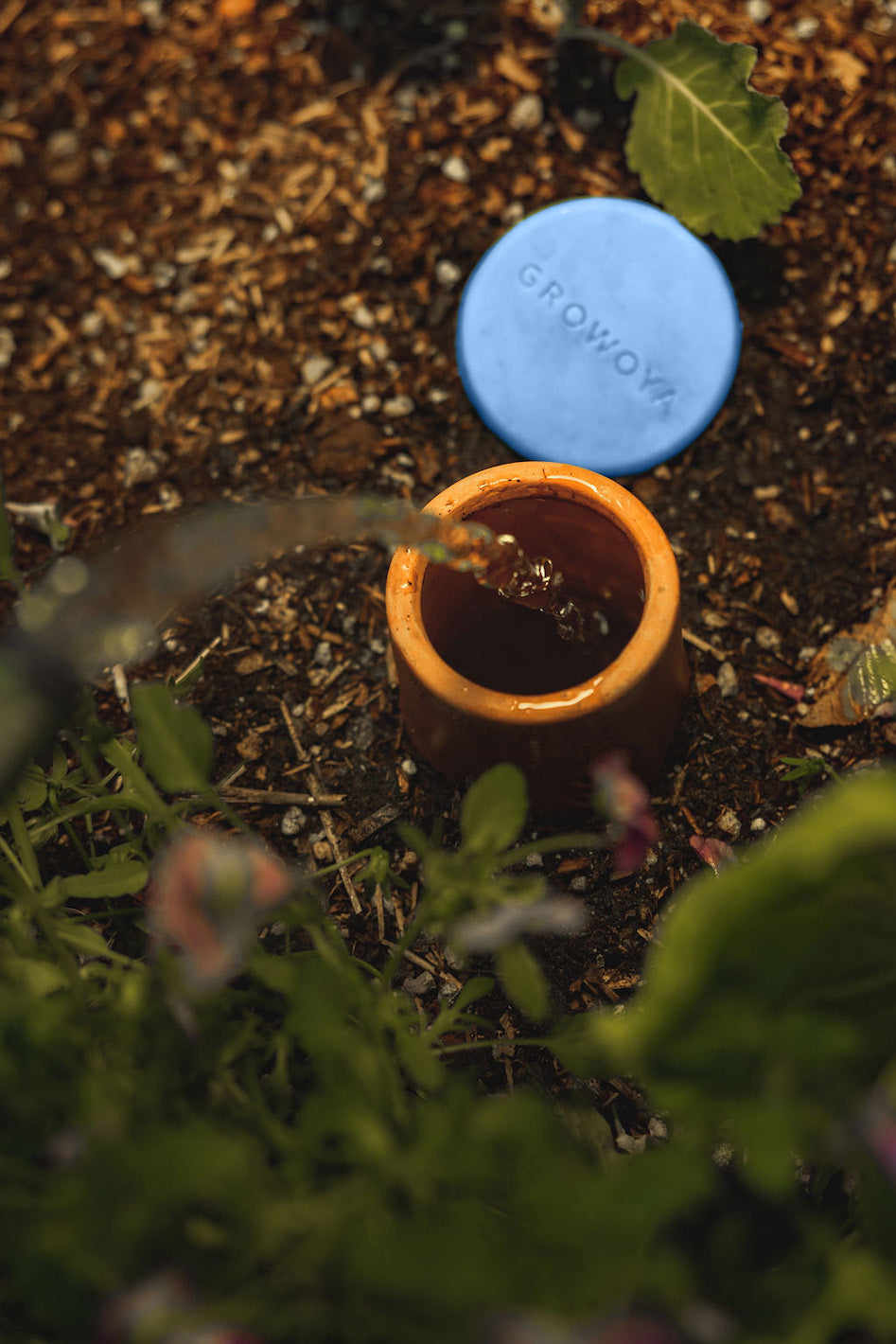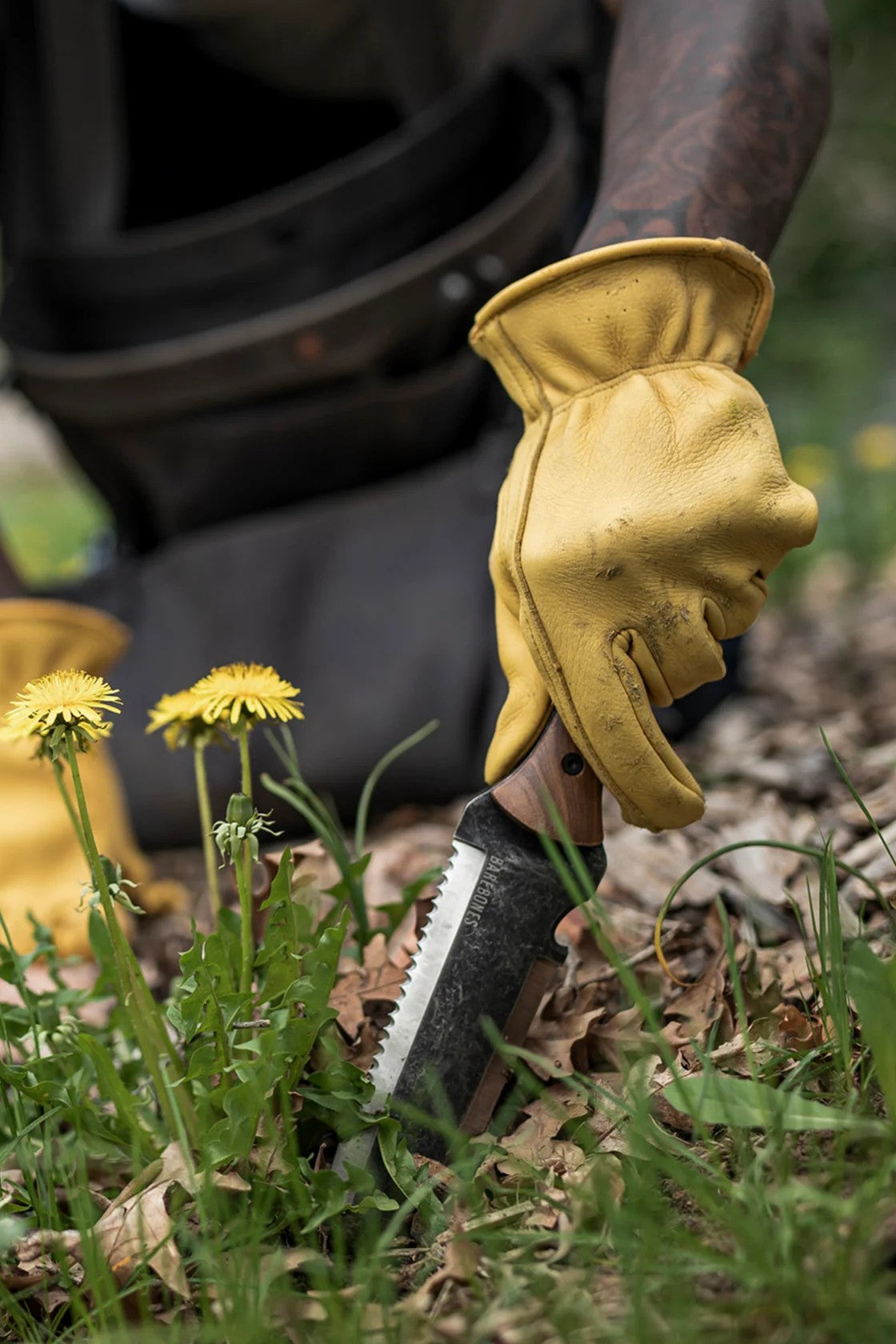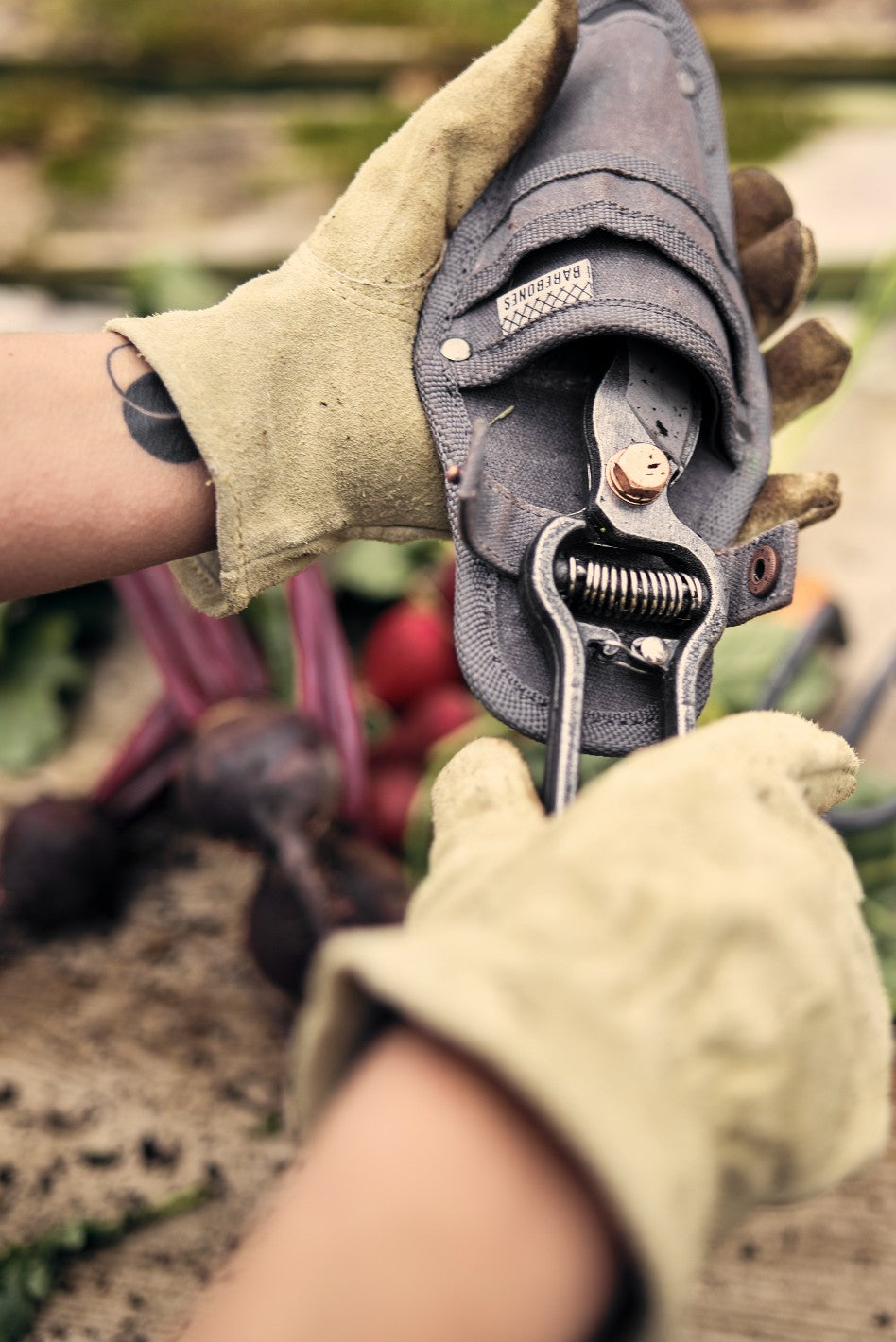Introduction:
In an era where sustainable living and self-sufficiency are gaining momentum, square foot gardening has emerged as a popular method for growing vegetables, herbs, and flowers efficiently. Developed by Mel Bartholomew in the 1980s, square foot gardening offers a systematic and space-saving approach that allows individuals, whether they have a backyard or a balcony, to cultivate a diverse array of plants. In this comprehensive guide, we'll explore the principles, benefits, and practical tips to help you embark on your square foot gardening journey.
Part 1: Understanding the Basics
What is Square Foot Gardening?
Square foot gardening is a gardening method that divides growing areas into small, manageable square-foot sections. These sections are further organized in a grid, with each square designated for specific crops. This method emphasizes efficient use of space, soil, and resources.
The Four Principles of Square Foot Gardening
Mel Bartholomew introduced four key principles to guide square foot gardening:
- Raised Beds: Build raised beds to improve drainage, provide better aeration, and reduce the risk of soil compaction.
- Grid System: Divide the growing area into 1-foot squares, creating a grid that facilitates easy organization and maintenance.
- Soil Mix: Use a custom soil mix that combines vermiculite, peat moss, and blended compost to ensure optimal plant growth.
- Plant Spacing: Follow the recommended spacing for each type of plant, allowing for efficient use of space and preventing overcrowding.
Part 2: Setting Up Your Square Foot Garden
Choosing the Right Location
Select a location that receives at least 6-8 hours of sunlight per day. Ensure easy access to water and consider factors like wind exposure and protection from extreme weather conditions.
Building the Raised Beds
Constructing raised beds is a fundamental aspect of square foot gardening. Materials such as cedar, redwood, or composite wood are popular choices. Ensure the bed height is at least 6-12 inches to provide ample space for root growth.
Creating the Grid
Divide the raised bed into 1-foot squares using wooden slats or twine. This grid not only helps with organization but also aids in managing plant spacing.
Preparing the Soil Mix
Mixing the right soil is crucial for square foot gardening success. Combine equal parts of vermiculite, peat moss, and blended compost to create a nutrient-rich, well-draining medium.
Part 3: Planting Techniques
Choosing Your Crops
Select plants that are well-suited for square foot gardening. Vegetables like lettuce, carrots, and radishes, as well as herbs and compact flowers, thrive in this method.
Understanding Plant Spacing
Refer to the square foot gardening plant spacing guide for optimal results. Overcrowding can lead to competition for resources and hinder plant growth.
Succession Planting
Maximize your harvest by practicing succession planting. As one crop is harvested, immediately replace it with another to ensure a continuous supply throughout the growing season.
Part 4: Maintenance and Care
Watering
Provide consistent and thorough watering. The Oya™ Watering Pot seamlessly integrates with square foot gardening, serving as a perfect companion. Placed strategically within the raised beds, our porous clay vessel aligns with the square foot gardening method's space efficiency, providing consistent and regulated watering. This symbiosis enhances the success of square foot gardening, promoting water conservation and contributing to a thriving and compact garden. Learn more about what size Oyas are right for your garden here.
Weeding
Regularly inspect and remove weeds to prevent them from competing with your crops for nutrients and sunlight.
Pest Control
Implement natural pest control methods such as companion planting, neem oil, or introducing beneficial insects to keep pests at bay.
Soil Care
Periodically replenish soil nutrients by adding compost or organic fertilizers like Worm Castings. Crop rotation is also advisable to prevent soil-borne diseases.
Part 5: Harvesting and Enjoying the Fruits of Your Labor
Recognizing When to Harvest
Each crop has specific indicators of readiness for harvest. Learn to identify these signs to ensure optimal flavor and nutritional value.
Preserving and Storing
Explore various preservation methods such as canning, freezing, or drying to extend the shelf life of your homegrown produce.
Sharing and Community
Engage with your local community by sharing your surplus harvest or participating in community gardening initiatives. Connect with fellow gardeners to exchange tips and experiences.
Part 6: Troubleshooting Common Issues
Yellowing Leaves
Address nutrient deficiencies by amending the soil with organic fertilizers. Ensure proper pH levels for optimal nutrient absorption.
Pests and Diseases
Identify common pests and diseases early on. Implement preventative measures and seek natural remedies to minimize the use of chemical interventions.
Overcrowding
Monitor plant spacing and thin out crowded areas to prevent competition for sunlight, water, and nutrients.
Conclusion:
Square foot gardening offers a versatile and efficient solution for individuals looking to grow their own produce in limited spaces. By adhering to the principles of raised beds, the grid system, proper soil mix, and plant spacing, you can create a thriving garden that not only maximizes yield but also minimizes maintenance efforts. As you embark on your square foot gardening journey, enjoy the process of nurturing your plants, harvesting the fruits of your labor, and contributing to a more sustainable and self-sufficient lifestyle. Happy gardening!

